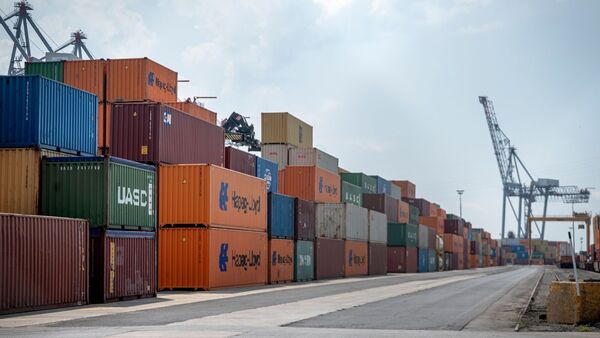India, EAEU to Hold Quarterly Talks to Fast-Track FTA and Ease Trade Barriers
India and the Eurasian Economic Union (EAEU) will meet every quarter to resolve market access issues and accelerate their proposed free trade agreement (FTA). The decision, announced after a high-level review in Moscow, aims to address certification delays and regulatory hurdles faced by Indian exporters, particularly in agriculture and marine sectors.
Key Takeaways
- Quarterly regulatory meetings to resolve certification and market access delays
- 18-month timeline set for FTA goods negotiations
- Target to increase bilateral trade to $100 billion by 2030
- Focus on helping MSMEs expand exports to EAEU markets
The move comes as global trade uncertainties, including new US tariffs and scrutiny of India’s Russian oil imports, push companies toward more predictable markets. Both sides also discussed improving logistics, payment systems, and standards to reduce procedural barriers.
“For India’s small and medium enterprises, the EAEU market offers an important diversification window at a time when global trade conditions are becoming increasingly unpredictable,” said Vinod Kumar, president of the India SME Forum.
“Quarterly regulatory coordination can help remove the certification and compliance bottlenecks that often hold back smaller exporters. If these mechanisms work as intended, more Indian MSMEs, especially in food processing, engineering and chemicals, can scale up exports to Russia and the broader EAEU region,” he added.
Expanding Trade Cooperation
Commerce Secretary Rajesh Agrawal met with Eurasian Economic Commission trade minister Andrey Slepnev to review next steps for FTA goods negotiations. The terms of reference signed in August 2025 set an 18-month schedule, with India planning to explore services and investment chapters in upcoming rounds.
In discussions with Russia’s deputy industry minister Mikhail Yurin, both sides examined cooperation in critical minerals, pharmaceuticals, telecom equipment, machinery, automobiles, leather, and chemicals. They agreed to streamline regulatory processes to address non-tariff barriers and improve ease of doing business.
At an industry plenary, Agrawal urged businesses to align projects with the 2030 trade target, highlighting India’s expanding logistics network, digital public infrastructure, and co-investment opportunities.
Trade Imbalance and Export Potential
Bilateral trade reached a record $68.7 billion in FY25, nearly 5.8 times higher than pre-pandemic levels. However, imports from Russia dominated at $63.84 billion, while India’s exports stood at $4.88 billion.
Major Indian exports include agricultural products like rice, tobacco, tea, fish, shrimp, coffee, and grapes, along with chemicals, pharmaceuticals, engineering goods, and surgical instruments.
Russian imports are dominated by oil and petroleum products, followed by fertilizers, minerals, machinery, precious metals, and vegetable oils.
The engagement supports India’s broader strategy to diversify exports, de-risk supply chains, and strengthen economic partnerships as part of its Viksit Bharat 2047 vision.




